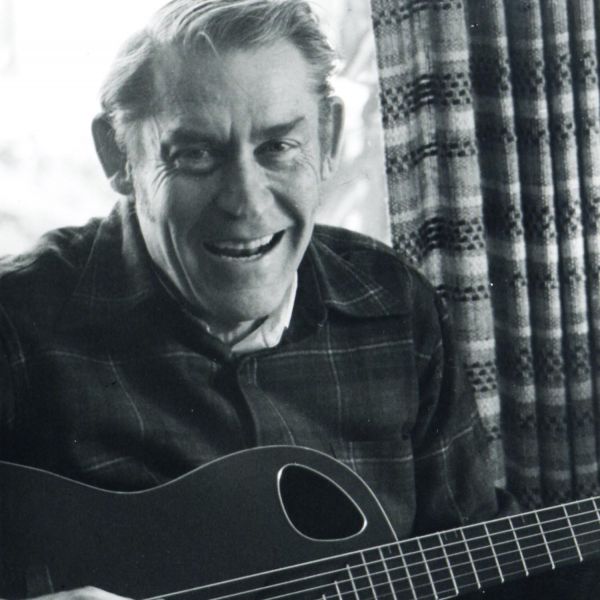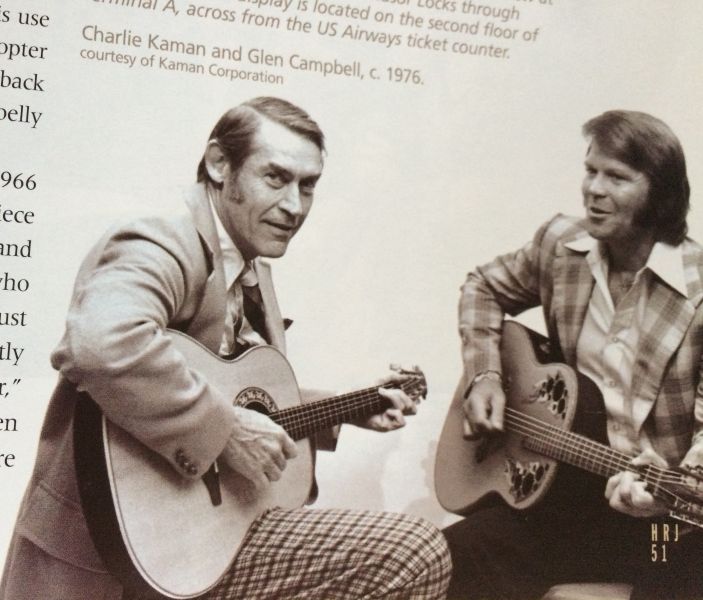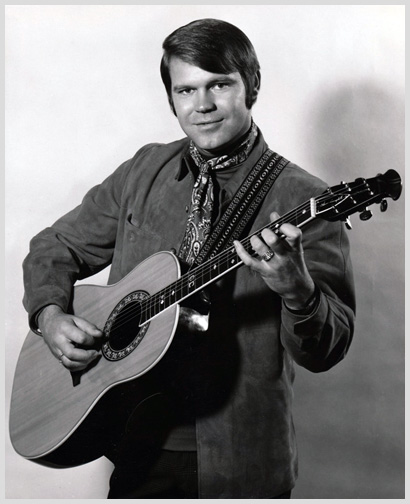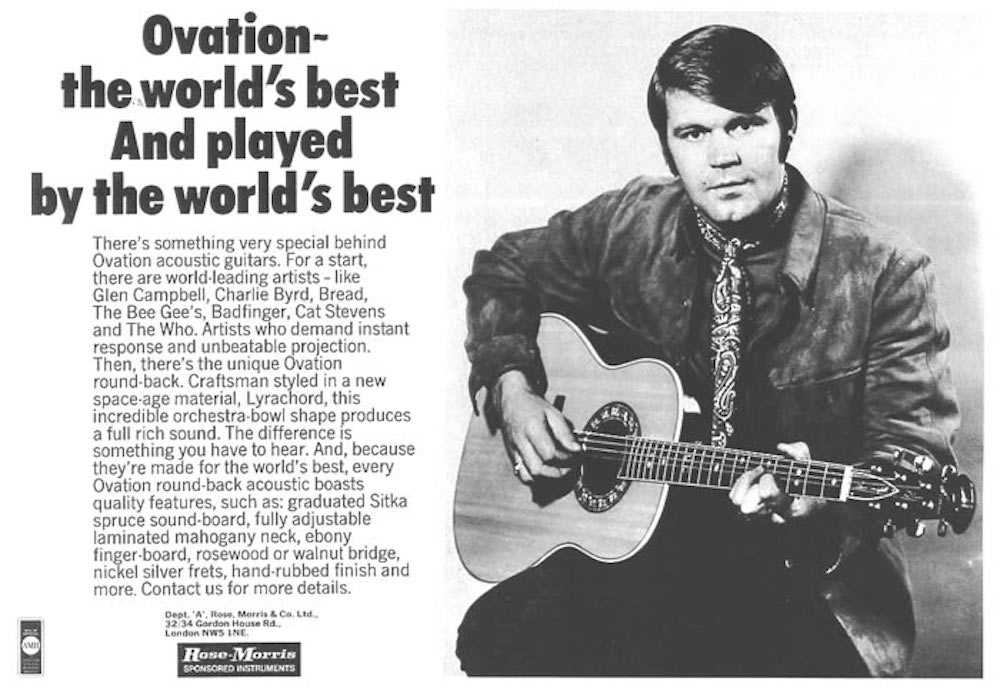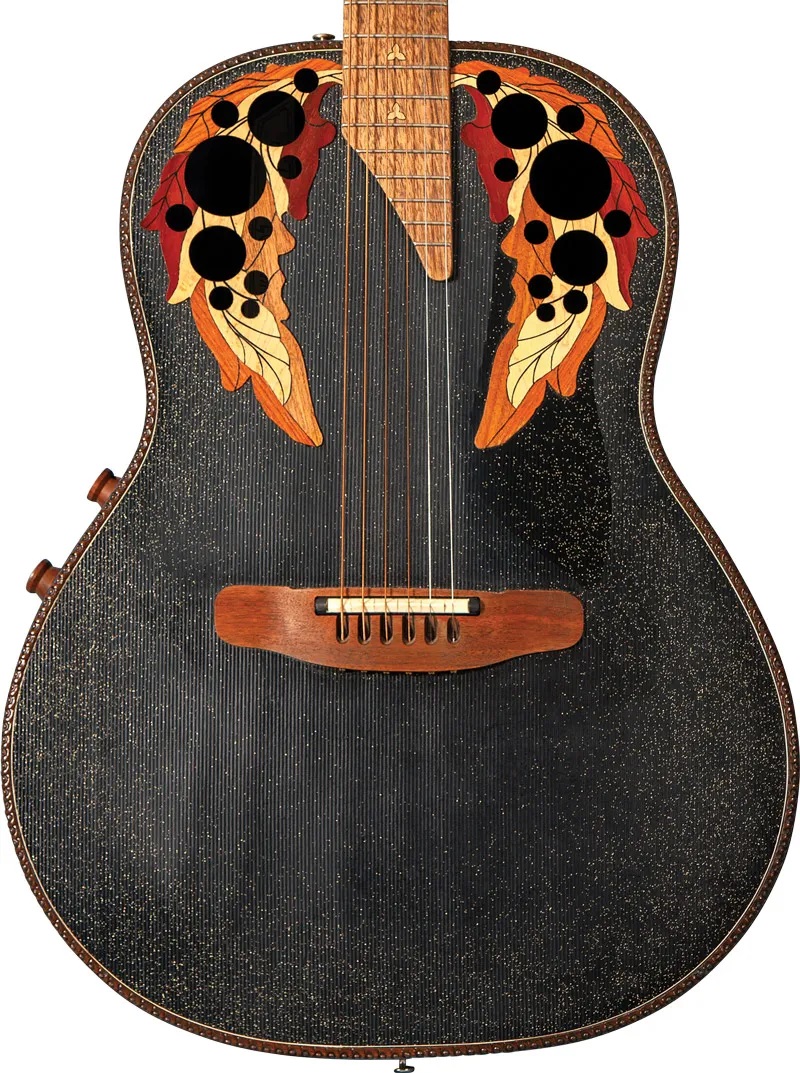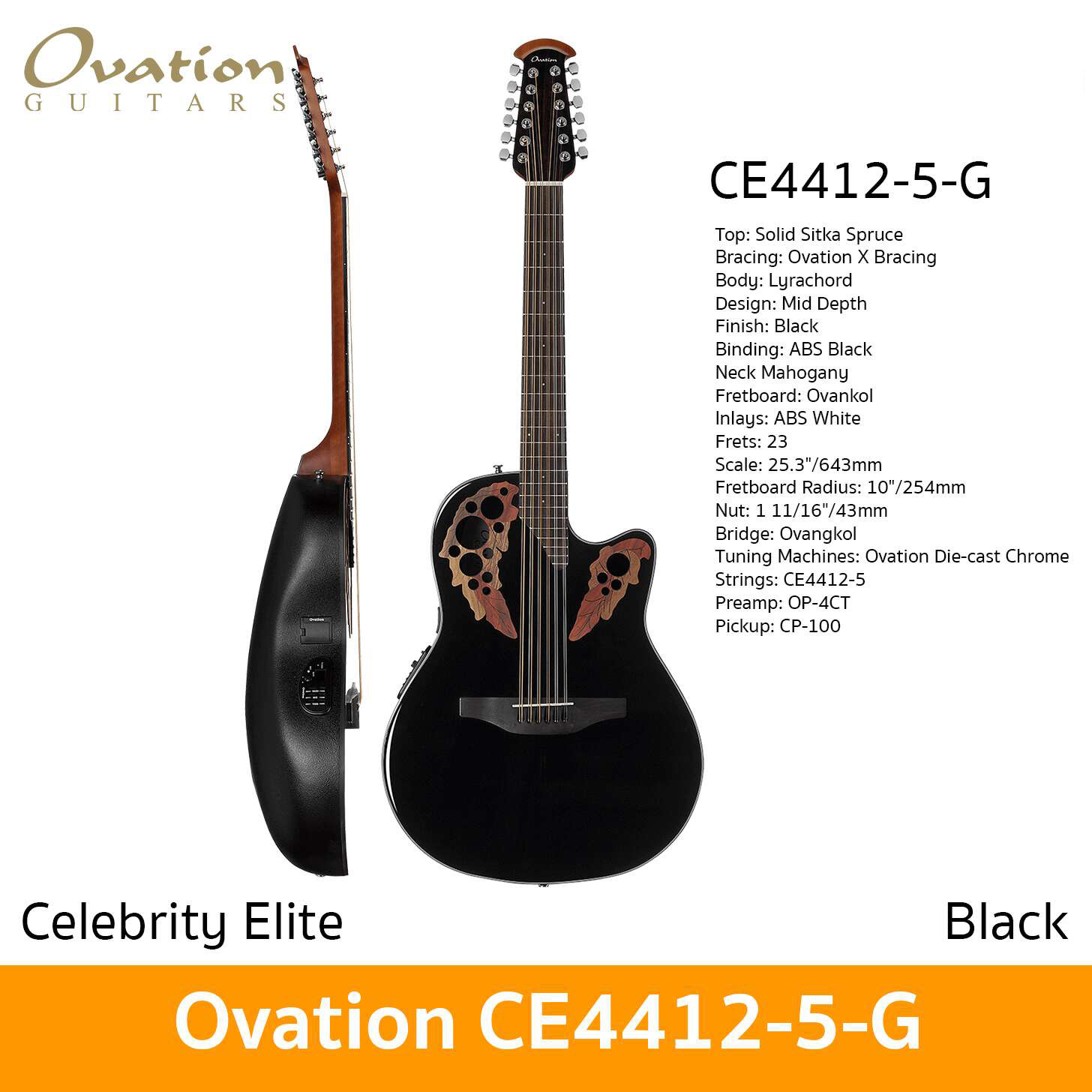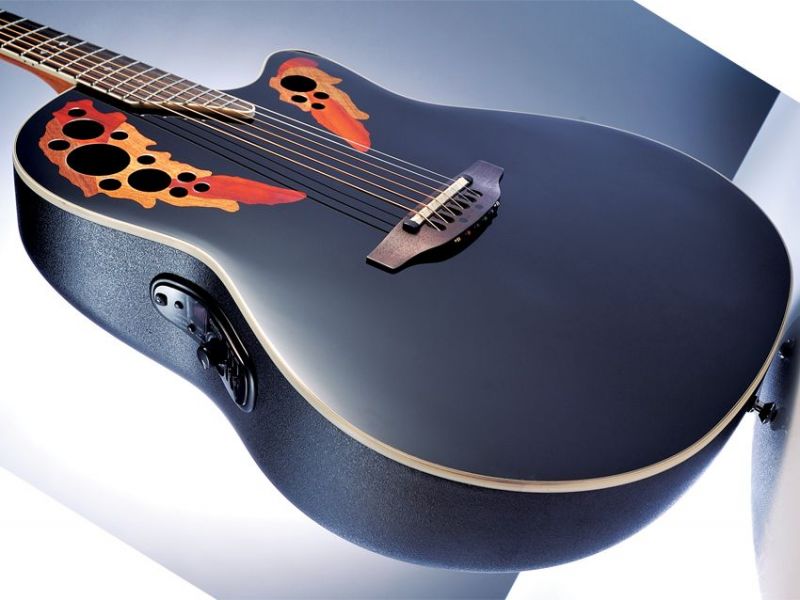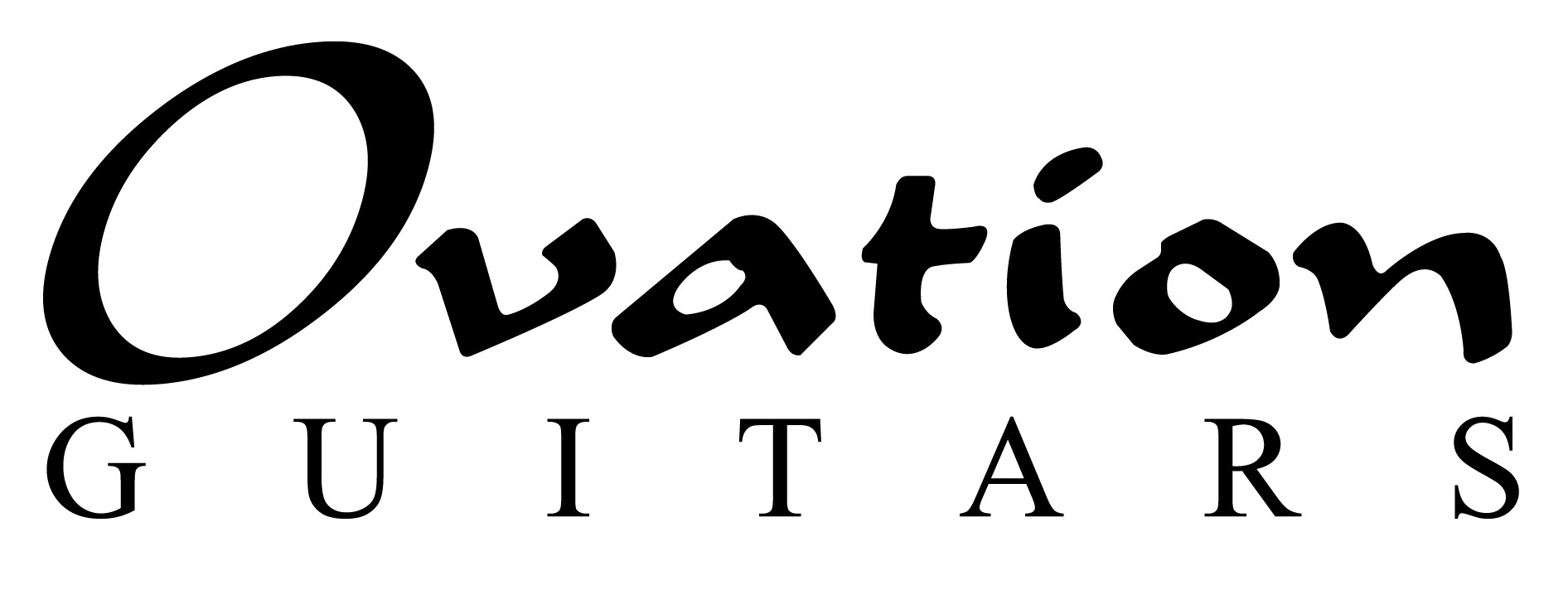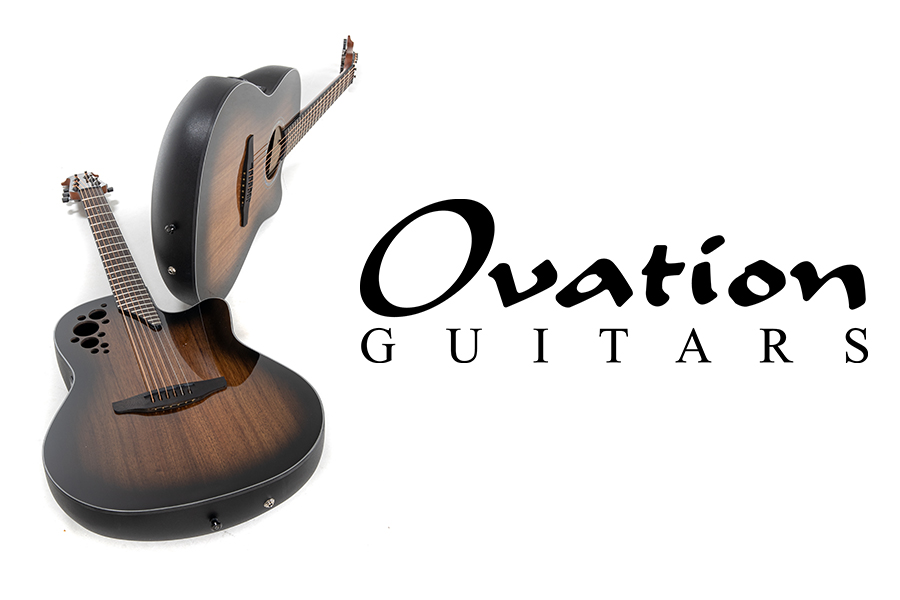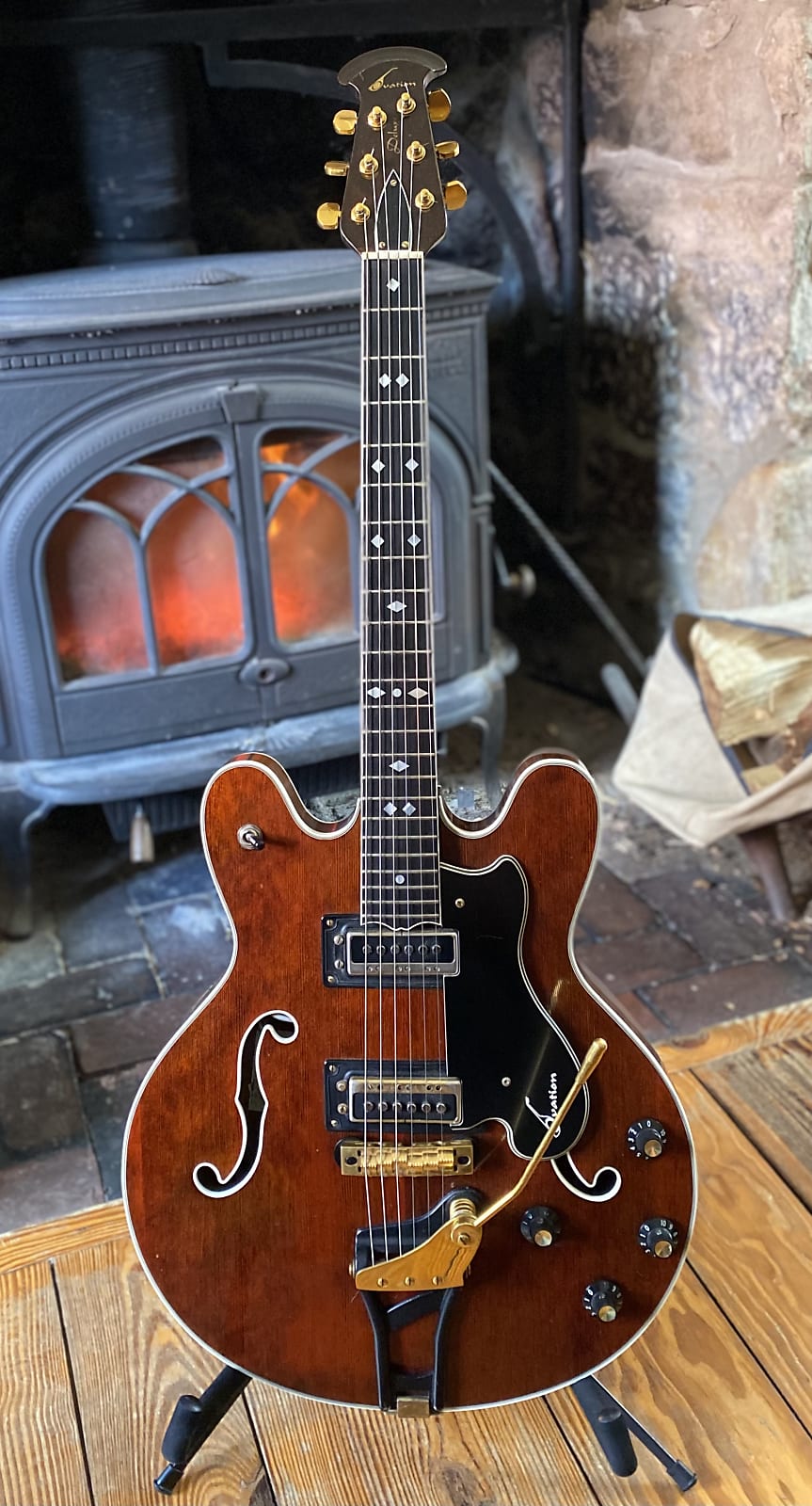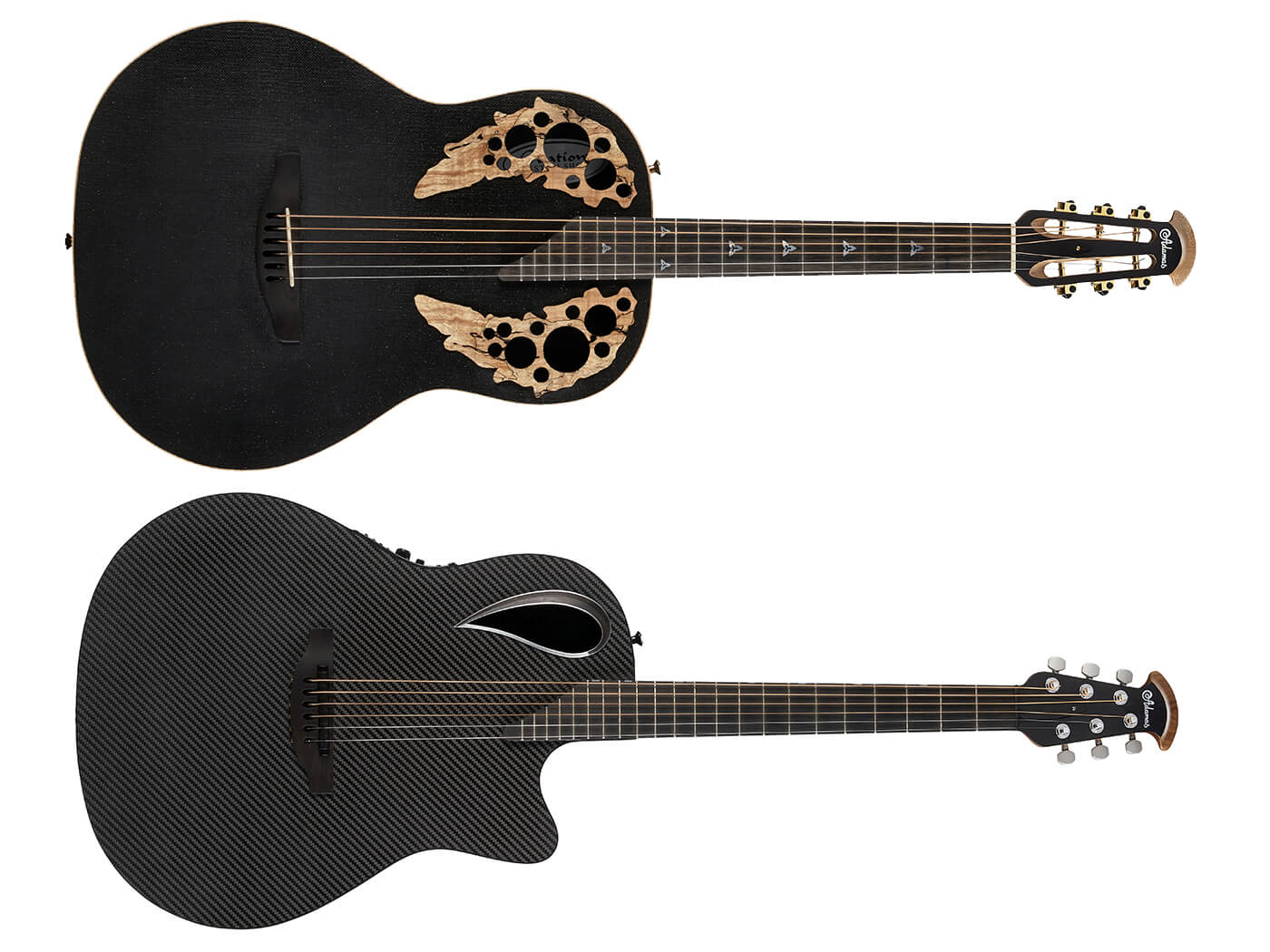Charlie Kaman & Ovation Guitars
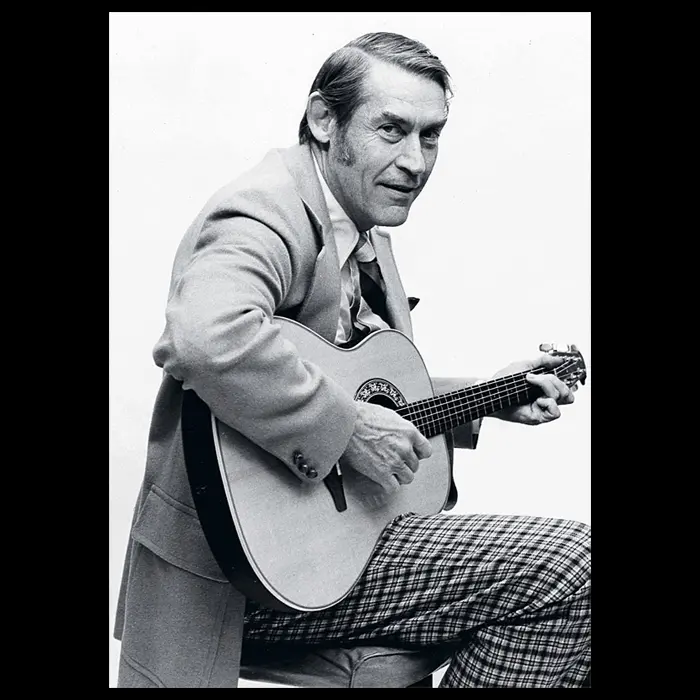
Charlie Kaman
The late, great guitarist Glen Campbell hosted one of America’s most popular television shows from early 1969 to mid-1972, a time when the country, for the most part, had three stations. And every Sunday night on The Glen Campbell Goodtime Hour, he played a guitar that very few people had ever seen before.
That guitar was built in New Hartford, Connecticut, and featured a rounded back made of molded fiberglass. The near-magic formula of combining one of the most popular television shows and one of the most beloved musicians of the era with such an innovative and unusual instrument put the Ovation Guitar Company on the international map almost instantly. In the late ‘70s and early ‘80s, the Ovation was one of the biggest selling acoustic guitars in the world.
CHARLIE KAMAN, KAMAN AIRCRAFT
The Ovation was the brainchild of military contractor and helicopter builder Charles “Charlie” Kaman, an amateur guitarist who wanted to invent and build a technologically superior instrument. He graduated from Catholic University in Washington, DC, in 1940 with a degree in aeronautical engineering and in 1945 he launched his own business, Kaman Aircraft. At the outset, the company built mostly helicopters.
Kaman Aircraft sought to diversify and Kaman built the first prototypes of his new guitar between 1965 and 1967. “We started research and development on guitars in 1965 and sold our first guitars in November of ’67,” he says. When asked where the original idea for the Ovation came from, Kaman said it was his own. “I’m afraid I have to take the rap on that one,” he said.
“I played guitar as a kid so I went to see guitar companies along the way. I saw the methods that were used in guitar companies in this country,” he explained. “I realized that we had a major contribution to make with our technology. I chose the round back as a means of enhancing and improving sound. It took us about two years to design the bowls [roundbacks] and other aspects of the guitar, including the aesthetics.”
ORIGINAL DESIGN
The original Ovations had a shiny back and a three-piece wooden top, whereas most acoustic guitars have a two-piece wooden top. Why a three piece top? Kaman says it was because the only Sitka spruce wood that they had around the helicopter factory was for helicopter blades and the boards for the blades were not wide enough to cover the top of the guitar with two pieces. Thus, the three pieces were required.
In 1967, Ovation officially entered the guitar-manufacturing world, not cautiously with a traditional, easy-to accept-guitar structure but boldly with a fiberglass round back that had never been seen on a guitar before.
JOHN RINGSO, ARNIE WHEATON
John Ringso, a Norwegian boat builder who emigrated to the United States, built the original Ovation guitars by hand. He was one of the first employees at Kaman Aircraft and was in charge of the shop that made the rotor blades. His hobby was repairing old and exotic violins and when he heard that Charlie was considering building guitars, he made it known that he was interested.
Kaman, Ringso and a third person, Arnie Wheaton, an electronics engineer at the Kaman flight test lab, designed what, in their eyes, was a technologically superior instrument, engineered to deliver a more uniform response across the sound spectrum.
CHARLIE BYRD, JOSH WHITE, GLEN CAMPBELL
The first well-known guitarist to whom Charlie showed his new guitar was Charlie Byrd, a nylon-string player who suggested taking the instrument to renowned steel-stringer Josh White, who became the first official Ovation endorsee. Not long thereafter, they landed the highest-profile Ovation-using guitarist that they possibly could have: Glen Campbell. “We brought a 14-fret, narrow-necked version to Glen Campbell,” Kaman recalls. “The Glen Campbell Goodtime Hour gave international recognition to the Ovation. That was our promotional breakthrough.”
PICKUP SYSTEM, ROUNDBACK VS WOODEN BACK DEBATE
Guitar players had been trying to amplify acoustic guitars for a long time with varying levels of success and Ovation developed a pickup system that worked better than any previous one. It delivered a true acoustic sound – amplified. The timing was a perfect match for the era because much of the popular music of the ‘70s and early ‘80s included acoustic guitars in the mix. It also solved a problem for Glen Campbell, who didn’t want a mic between himself and the camera. Ovations quickly became the go-to workhorse guitar for live performances and it was a number of years before other makers started incorporating pickups into their own acoustic guitars.
The introduction of the Ovation sparked a debate among acoustic guitarists worldwide about the benefits of the roundback over guitars with traditional wooden backs and sides. Basically, it was Ovation against the world – meaning Martin and Gibson – but Ovations soon became widely accepted. Many top artists started playing them, including Neil Diamond, Roy Clark, Dave Mason, Cat Stevens and Nancy Wilson (of Heart).
BILL KAMAN, FENDER ACQUISITION, CONNECTICUT FACTORY CLOSING
In 1985, Charlie’s son Bill, who worked during summers at the Ovation factory from 1967 until joining full time after graduating from college, was named the company’s president. In 2008, he sold Ovation to Fender Musical Instrument Corporation. In 2014, Fender announced that they were closing the Ovation factory in Connecticut and moving production to their factories in China, Indonesia and South Korea. Soon after closing the Connecticut factory, Fender sold Ovation to Drum Workshop, Inc.
Charlie Kaman passed away in 2011 at the age of 91.
(by Fred Bramante)

